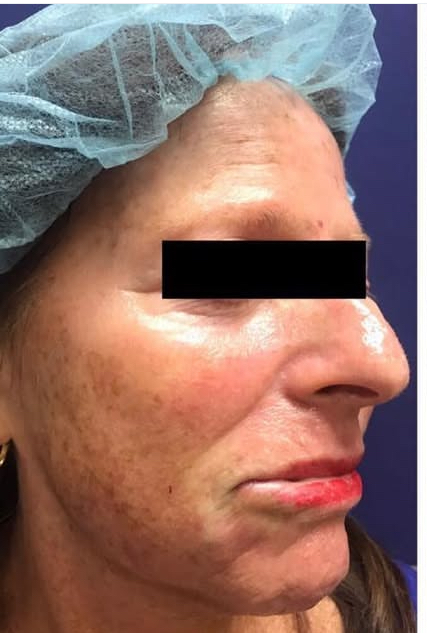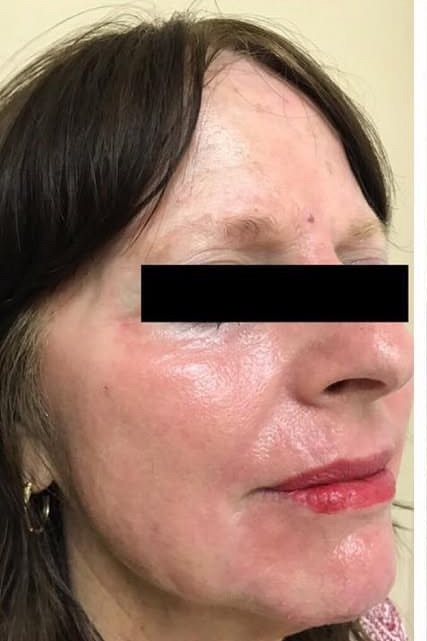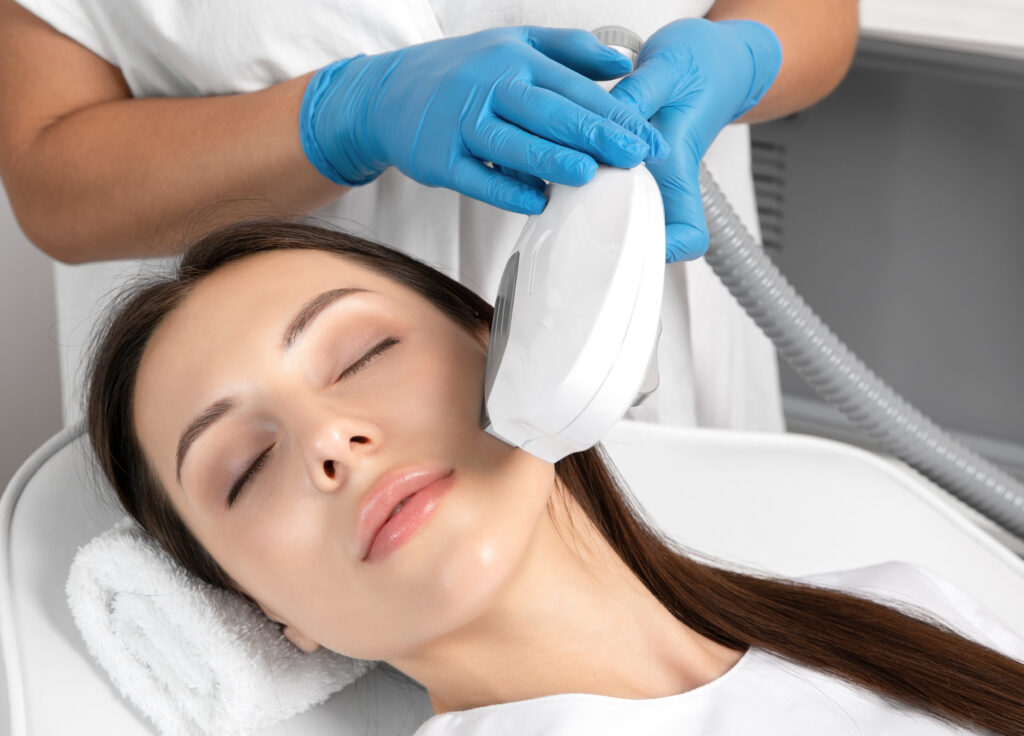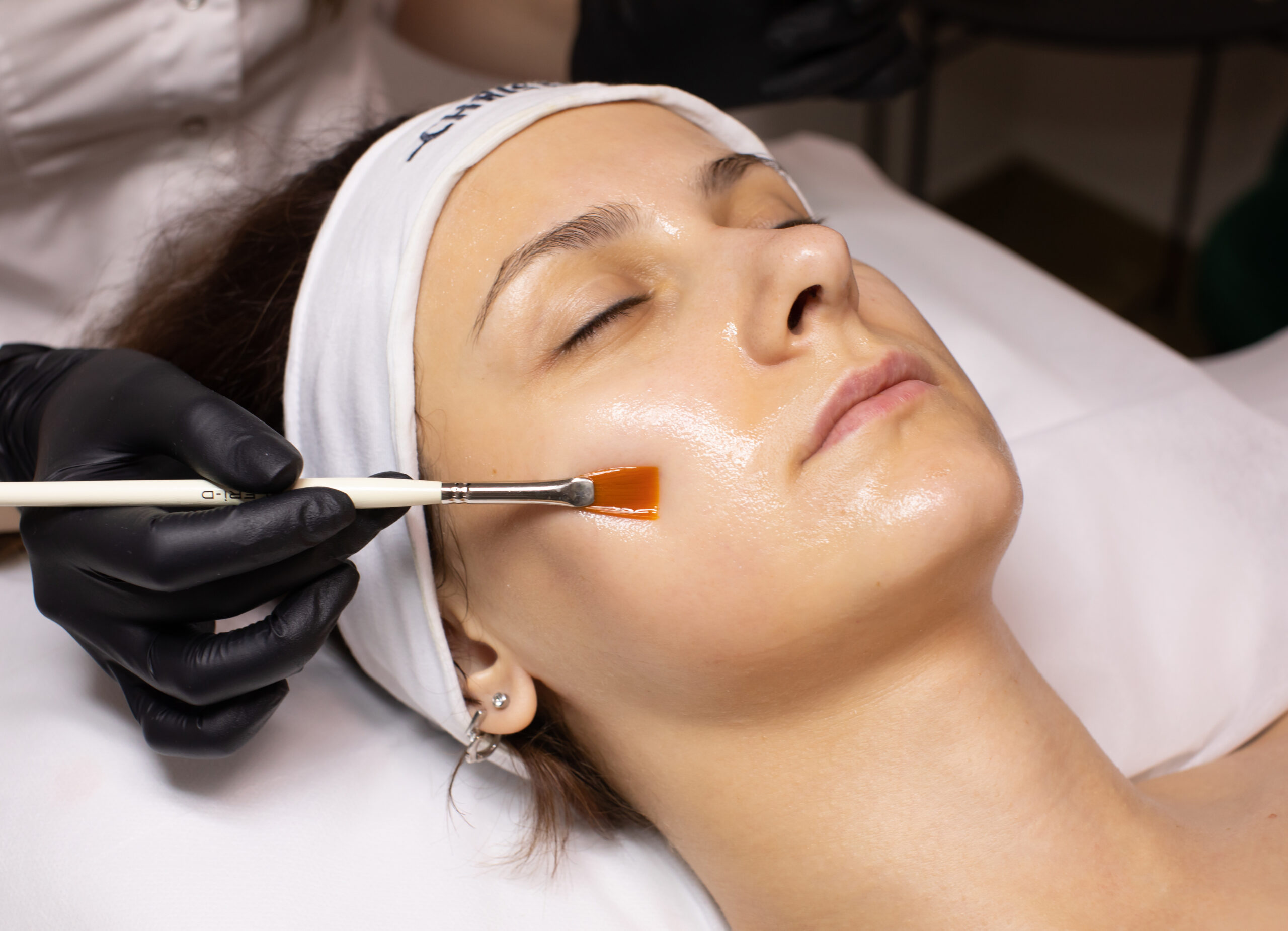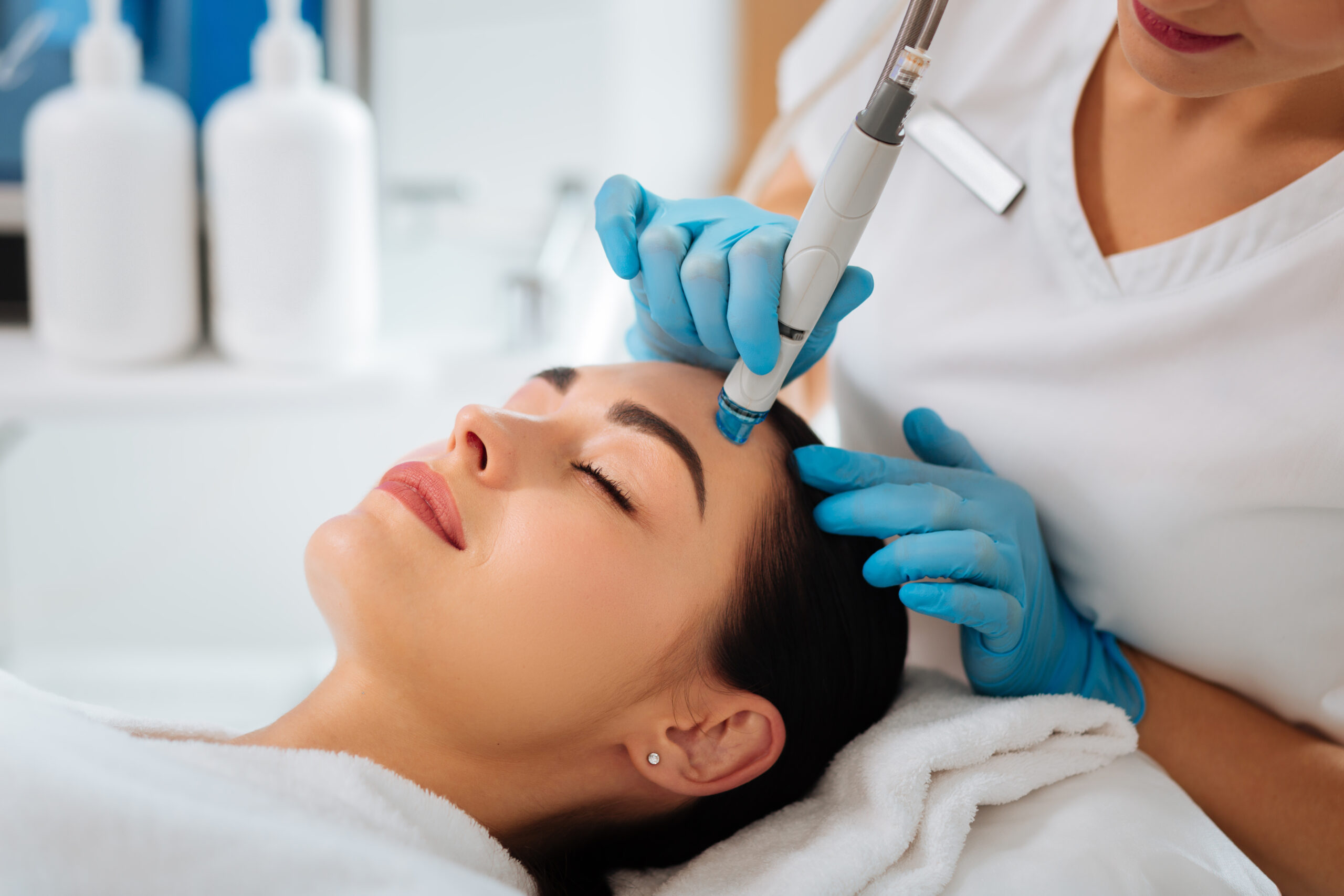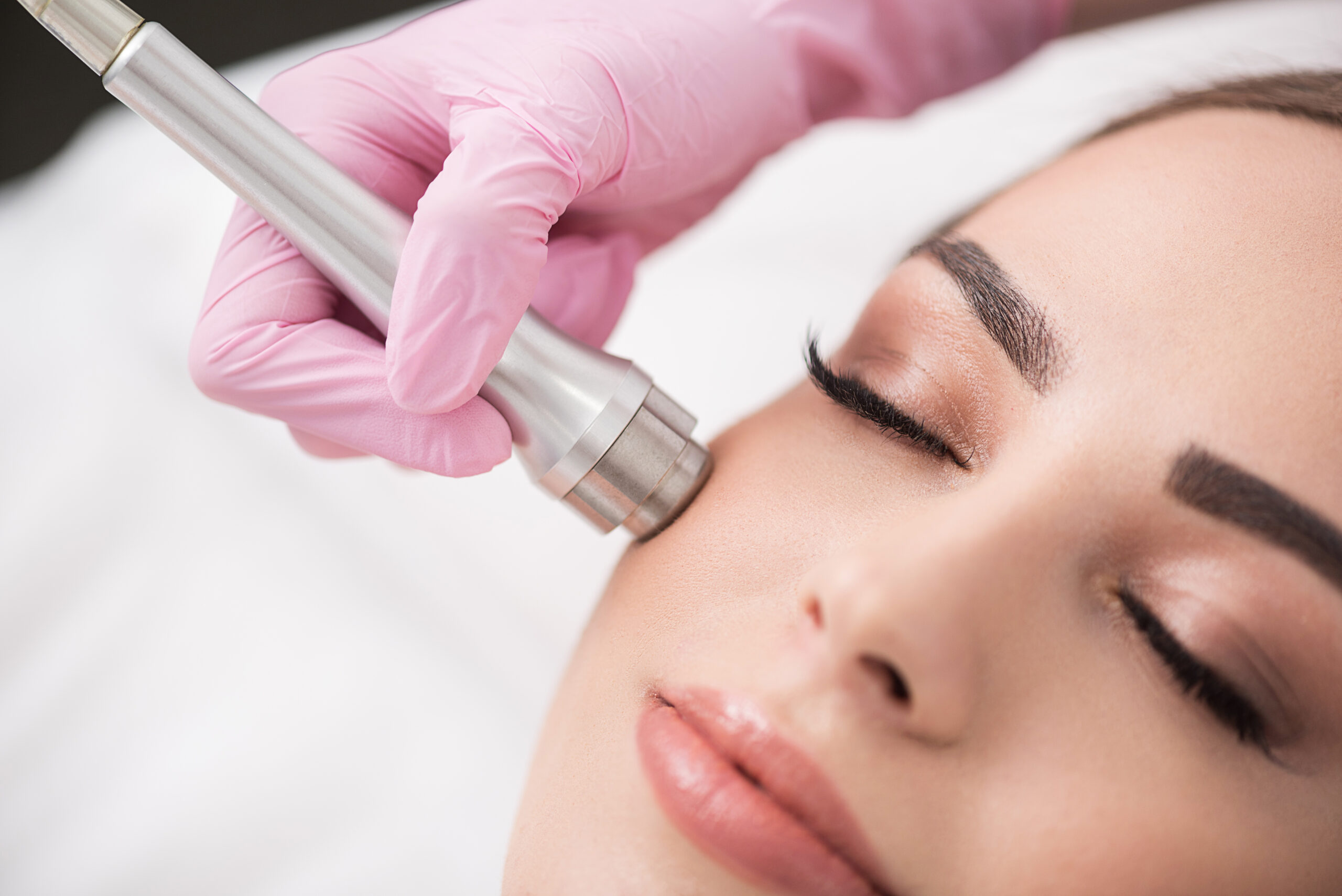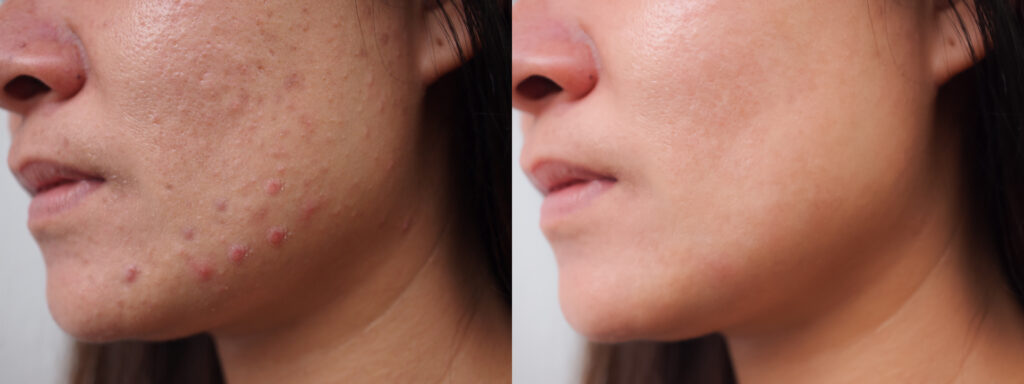Explore differences in treatment depth, downtime, and results.
There are many options available for laser skin resurfacing treatments. The Erbium and CO2 laser are two of the most popular choices. Both lasers offer remarkable results in improving skin texture and addressing common skin concerns.
However, some critical differences between them are worth exploring.
Erbium is an ablative laser that emits light at a wavelength of 2940 nanometers. It is known for its precision in targeting specific skin areas, making it an excellent choice for treating fine lines, wrinkles, pigmentation issues, and superficial scars.
The Erbium laser removes the outermost layer of the skin (epidermis) while heating the underlying dermis to stimulate collagen production and promote skin tightening. Compared to a CO2 laser, the procedure is typically well-tolerated and requires less downtime.
CO2 lasers are also ablative, but they are more powerful and operate at a wavelength of 10,600 nanometers. The additional power makes them highly effective in treating more severe skin conditions such as deep wrinkles, acne scars, and uneven skin tone.
The CO2 laser vaporizes skin tissue, removes damaged layers, and stimulates collagen remodeling. Due to its higher intensity, the CO2 laser treatment usually requires a more extended recovery period and may involve more discomfort during and after the procedure.
One of the primary distinctions between the Erbium laser and the CO2 laser is the depth of skin penetration. The Erbium laser is considered a superficial to mid-level treatment, targeting the upper layers of the skin. It is ideal for individuals seeking moderate improvement with minimal downtime. The CO2 laser penetrates deeper into the skin, making it suitable for those looking for more dramatic results but with a longer recovery time.
Differences in Downtime and Discomfort
Due to its less invasive nature, the Erbium laser typically involves a shorter downtime than the CO2 laser. Patients may experience mild redness, swelling, and peeling lasting a few days to a week.
In contrast, the CO2 laser often requires a more extended recovery period, with potential side effects including more significant swelling, oozing, and crusting. Discomfort during and after the CO2 laser treatment may be more pronounced than the Erbium laser.
Choosing the Right Laser for You
The choice between the Erbium laser and the CO2 laser ultimately depends on your specific skin concerns, desired results, and tolerance for downtime. If you have milder skin issues and prefer a quicker recovery, the Erbium laser may be your better option. However, if you have deep wrinkles, severe scarring, or stubborn pigmentation, the CO2 laser’s ability to penetrate deeper may provide the best outcome.
